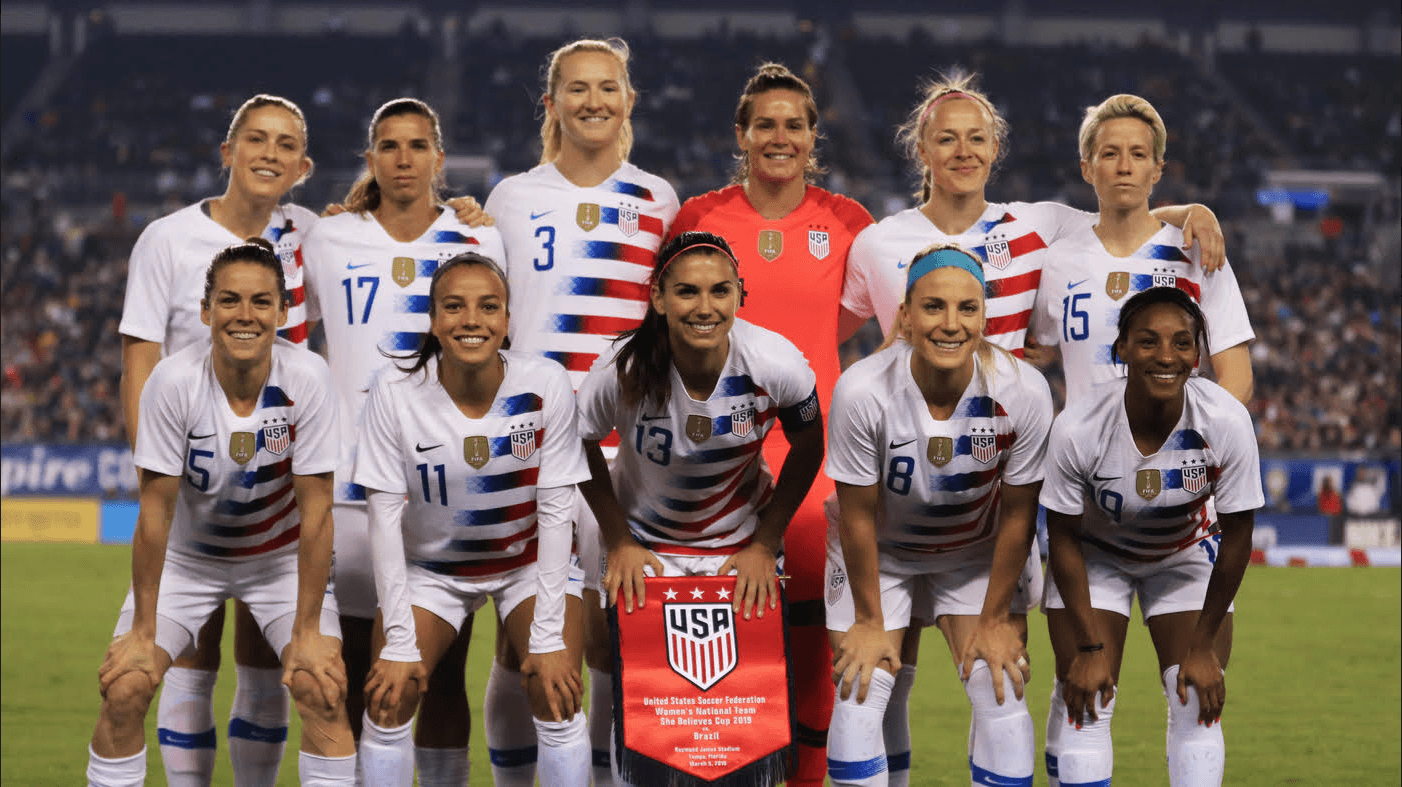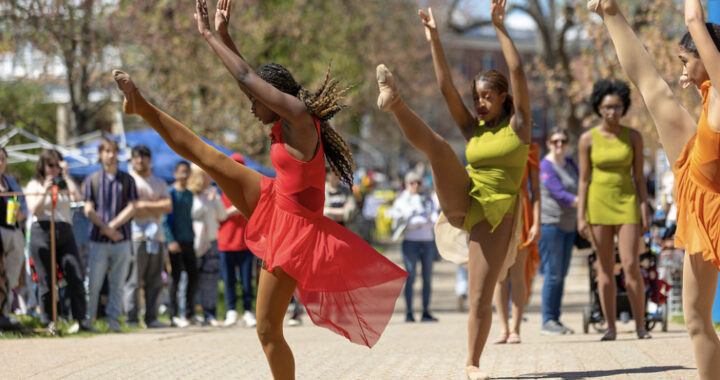Support for women in sports is lacking nationally and at UMW
5 min read
ESPN.com
By GEMMA SPICKA-PROFFIT
Senior Writer
Men’s sporting events are more commonly attended than women’s events at UMW; the largest disparity is evident in the 67.6 percent difference in attendance at soccer games and the 41.5 percent difference in attendance at lacrosse games during their most recently completed seasons. These statistics are calculated from attendance logs on the UMW athletics website, and they only encompass regular season conference games played at home.
“Attendance is estimated for most sports, with the exception of basketball, in which tickets sold is the number used,” stated Clint Often, assistant athletic director for communications and marketing. “Estimating the number is a common practice for taking attendance at every school in NCAA Division III, since typically tickets aren’t sold and attendance is free of charge.”
This past season, there was a 29.0 percent difference in attendance between the two basketball teams. People who have attended both women’s and men’s basketball games in succession may be surprised by this comparatively lower percent difference as they have seen the large crowd that flows in after the women’s game has ended and before the men’s game begins. There may be an overlap of attendees staying from the women’s to the men’s game, which would lead to an underrepresentation of the number of people in the crowd at men’s games because they are not getting another ticket.
For some sports, such as basketball and soccer, both teams typically play at the same school on the same day, whether it be home or away. However, other teams, such as lacrosse, play at opposing schools on the same day. This may lead to one of the gendered teams having an increased opportunity to draw an audience if the big rival games are held at home. Despite this possible advantage, the gap in attendance still persists.
“There’s definitely a difference in the amount of people who go to boy’s basketball games and girl’s basketball games- and even our games and the baseball team’s games,” said Maggie Mrowka, a freshman on the varsity softball team. “I think it’s part of the stereotype that girl’s sports are just not as competitive and good as guy’s sports, which is not true because the girl’s sports at our school are good.”
“I prefer going to men’s games because there’s a larger crowd,” said junior Kyair Smith. “Watching the game is more exciting when there are more people there being energetic.”
The University advertises and supports men’s and women’s teams fairly equally by posting about all of the teams’ games and accomplishments across several social media platforms. The University also continuously makes efforts to “draw interest from the student body at large as well as the community,” said Often.
There are several ways in which UMW tries to increase attendance to all games. This includes dedicating the game to a certain group, such as Special Olympics or faculty/staff, or handing out giveaways, such as season schedule cards or cell phone pockets. Most recently, the University ran a series of ads on the radio which featured student-athletes promoting the department and upcoming games.
Unfortunately, the decreased interest for women’s sports reflects a worldwide trend. Women’s sports are less supported than men’s sports, a fact that becomes glaringly obvious when looking at media coverage. A USC study in 2014 reported that 2 percent of airtime on ESPN SportsCenter was dedicated to women’s sports. Additionally, off-season men’s sports receive more coverage than in-season women’s sports. This data is consistent with the study’s previous findings since 1999.
This leads one to consider whether the public is less interested in women’s sports because they are less well represented in the media, or vice versa.
Some theories for why the former is true include that the male-dominated field of sports journalism presents women’s sports in a lackluster manner and that sports coverage is gender biased. Gender bias affects how women athletes themselves are portrayed.
“When men are covered in sports magazines it’s for their athleticism,” said Dr. Kristin Marsh, program director of women’s and gender studies and associate professor of sociology. “Women are sexualized in media coverage, or they are shown with their families.”
“In a society that values men and masculinity, and that associates sports with physical strength (instead of agility, skill, etc.) and therefore with men, we have a mistaken belief that all men’s teams are inherently better and more worthy of attention than women’s teams,” added Marsh.
Last month, this issue of women’s inequality in sports was once again brought to the public eye on an international level when the United States women’s soccer team filed a gender discrimination lawsuit against U.S. Soccer, their employer and federation that governs soccer in the U.S. The issues outlined in the lawsuit include “compensation, support and working conditions [the team] receives while representing U.S. Soccer,” according to The New York Times.
The U.S. women’s soccer team plays more games and wins more games, especially at higher levels, than the men’s team, yet they are paid less than the male athletes. Another sport where the pay gap is particularly high is basketball, in which “the highest-paid WNBA player makes roughly one-fifth of what the lowest-paid NBA player makes,” according to Forbes.
Part of the reason that women are paid less stems from the fact that their leagues have less revenue to divide between the athletes. Having less revenue is a result of less media coverage and lower attendance at games. It is apparent that many factors come together to disparage women’s sports.
The lack of support for women in sports is a much larger problem than what occurs at Mary Washington. One way that the students can tackle the issue is to make time in their schedules for women’s games as well as men’s games. With approximately a 64 percent majority of the student body being women, it is likely that many students know someone on a women’s sports team. Attending the games to support these women builds community and allows us to take a small step toward equality.











